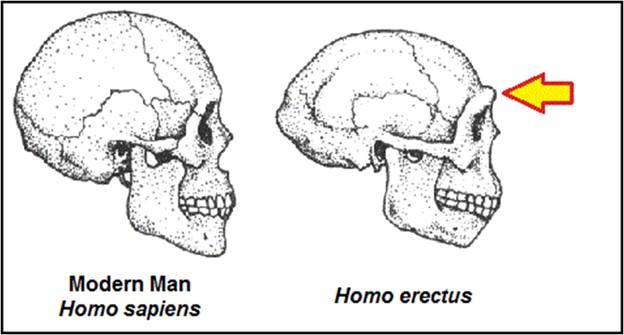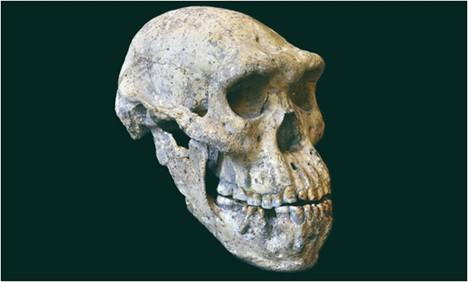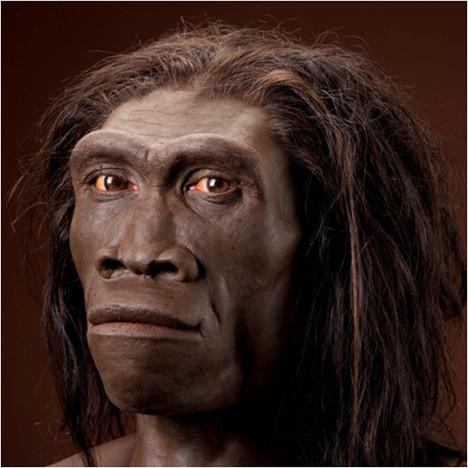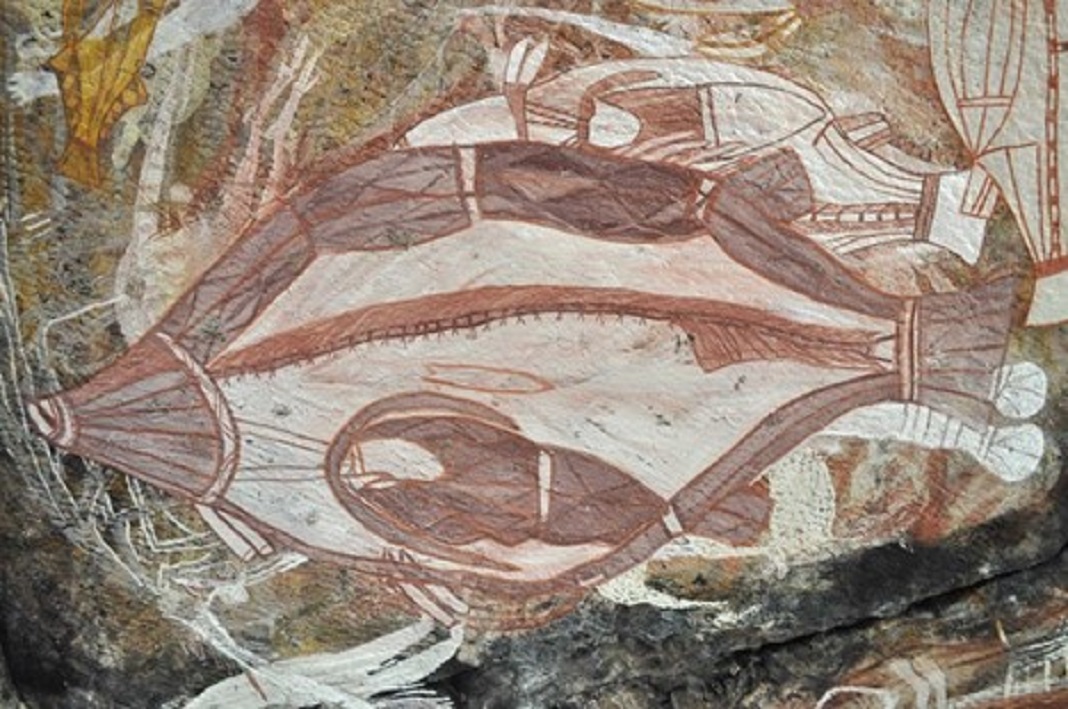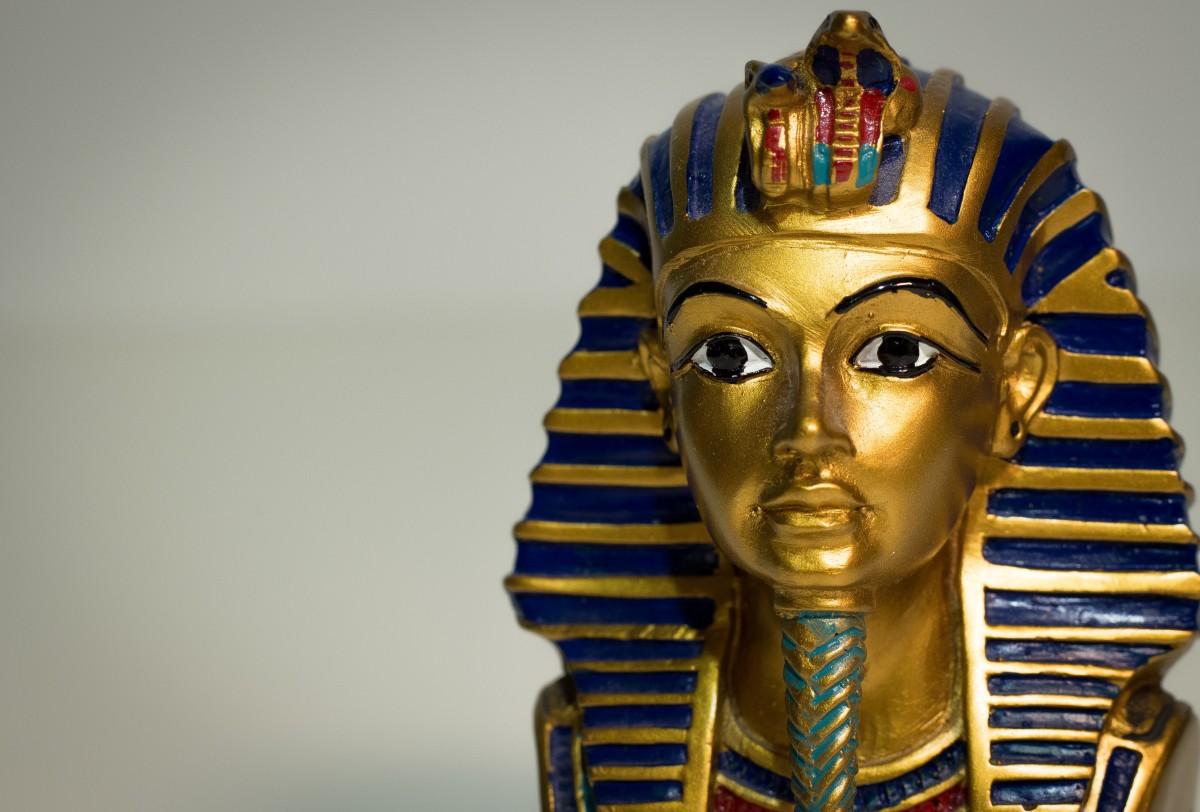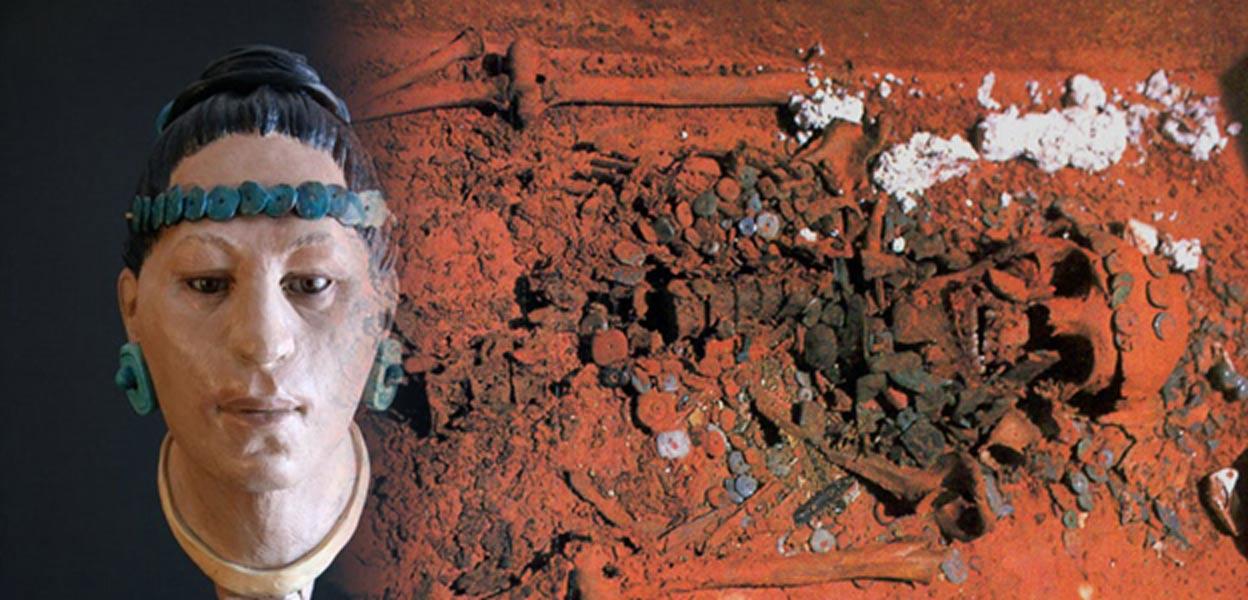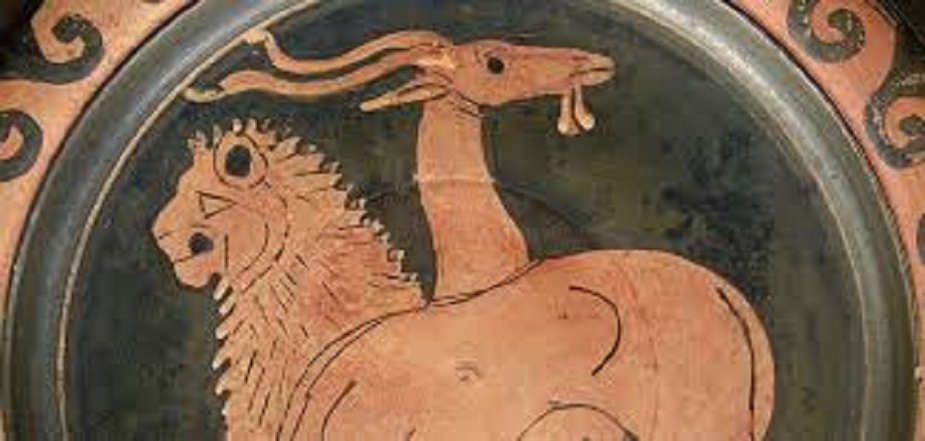The appearance of Homo erectus, about 2 million years ago, marked a crucial turning point in the evolution of human-type hominids, who were our direct predecessors.
What characterized the erectus is the relatively large brain volume, it averaging 930 cm3 and being exactly 50% larger than the brain of the more archaic hominids of the species Homo habilis; at the same time, the erectus brain constitutes only 69% of the average volume of the human brain.
Erectus are the first hominids to exceed the so-called “brain rubicon” (a minimum brain volume of 750-800 cm3); it is a conventional frontier in anthropogenesis, beyond which hominids are considered highly cognitively evolved, so, to some extent, they are considered to be human.
Thanks to the voluminous brain, the erectus acquired advanced skills in making tools, began to use fire, including for food preparation. Evidence was found at the Koobi Fora site (Kenya) that fire was already used for practical purposes 1.5 million years ago [Hlubik et al., 2017].
Important changes also occurred in the morphological and physiological development of erectus: shortening the interval between births, adjustments in pelvic morphology, delayed maturation of babies, changes in the anatomy of the shoulder, which allowed the projectiles to be thrown, straight and tall stature, adaptation to long distance running, ecological flexibility, early hunting skills, complex social life, increased cognitive characteristics. Some Homo erectus populations have left Africa and migrated to Eurasia [Maslin et al., 2015].
Their journey was facilitated by the drying up of the Bab el-Mandeb Gulf (2 million years ago), which separates eastern Africa from southern Arabia; the passage could also be made through the Strait of Gibraltar, which separates North Africa from the Iberian Peninsula.
According to some researchers, it is very likely that the erectus were able to cross aquatic spaces on logs or rafts, as traces of their presence were discovered in island regions; the manufacture of rudimentary rafts and navigation required effective coordination of efforts, so we can assume that the erectus had a relatively well-developed language.
American linguist Daniel Everett argues that the erectus were the first hominids to use a symbolic language, quite sophisticated, although without the articulation of the words of the sapiens.
The evidence for such conclusions comes from the way the erectus planned their place of residence, from their early art, from the symbols they used, from the tools they processed and from their hunting and especially navigation skills; by all indications, they had been able to cross the sea in groups (for a viable island settlement), for floating in groups over tens of kilometers is unimaginable in the lack of communication between individuals, who had to discuss various aspects of their risky journey. Erectus, therefore, may be the authors of the most important invention in the history of living beings – language -, says Everett.
One of the most famous fossils of the species Homo erectus outside Africa is the so-called Java Man, discovered in Indonesia in the late nineteenth century by the star of classical paleoanthropology, the Dutchman Eugène Dubois. Later, in that Asian region, in the Sangiran site, very old erectus were discovered, some of which date from about 1.5 million years ago [Zaim et al., 2011]. Another famous specimen is Homo erectus pekinensis (also known as Sinanthropus or Peking Man), whose bones were discovered in China (Zhoukoudian Cave).
He lived about 500,000 years ago, had a very large brain, up to 1150 cm3. That erectus was so evolved that some researchers hypothesized that it was the origin of the Homi Sapiens populations in East Asia; however, I will return to these theses in other chapters of the book. An important aspect to mention here is that the morphological and physiological changes gradually appeared in Homo erectus, and the different varieties of erectus spread in the world acquired adaptations for various habitats (not only for the arid ones); regional varieties have demonstrated high physiological and ecological plasticity.
The evolution of the erectus was, therefore, mosaic; depending on their distribution region, some adaptations appeared earlier, others later [Antón, 2003; Antón et al., 2014].
A branch of the erectus is, according to various assessments, the so-called Homo georgicus or man of Dmanisi, discovered in an archaeological site in the town of Dmanisi (Georgia). This hominin dates back 1.8 million years and is evidence that at that time erectus already inhabited the expanses of Eurasia; also, the variety of skulls discovered at Dmanisi suggests an unexpectedly high morphological diversity among the erectus established in that region [Lordkipanidze et al., 2013].
Due to the very small cranial volume of some individuals from Dmanisi (between 550 and 650 cm3), there are opinions that they did not come from erectus, but from more archaic hominins, probably ergasters or even habilis [apud Nicolae, 2015, p. 143 -144].
It is curious that in Romania, in 1962, the discovery of hominin bones in Bugiulești, declared exactly 2 million years old, was announced; It was also given a proper name – Australanthropus olteniensis (southern man from Oltenia), and some researchers thought it might be an habilis. Unfortunately, there is too much ideological ambiguity and speculation about that discovery, which is why it is not on the list of topics taken seriously in the literature.
For a time, the remains of Dmanisi were considered to be the oldest evidence of the presence of erectus outside Africa, but a number of recent discoveries have challenged this belief. Thus, at the beginning of 2016, a scientific article was published informing us that in India (Siwalik, in the sub-Himalayan region), stone tools were found that had been processed exactly 2.6 million years ago. Soon, in 2018, another article is published, announcing that in China (at the Shangchen site) almost a hundred old tools have been preserved, dating from 2.1 to 1.3 million years ago and, in all probability, they were made by Homo erectus (although it is not excluded that they belong to a more archaic hominin) [Zhu et al., 2018].
I will also mention here the study on the tools dated 2 million years old, discovered in Pakistan [Dennell et al., 1988]. If at least some of the tools analyzed in these studies belong to erectus, then judging by their age, it appears that Homo erectus formed as a species earlier than 2 million years ago (as indicated by default) and has left the African continent very, very early…
